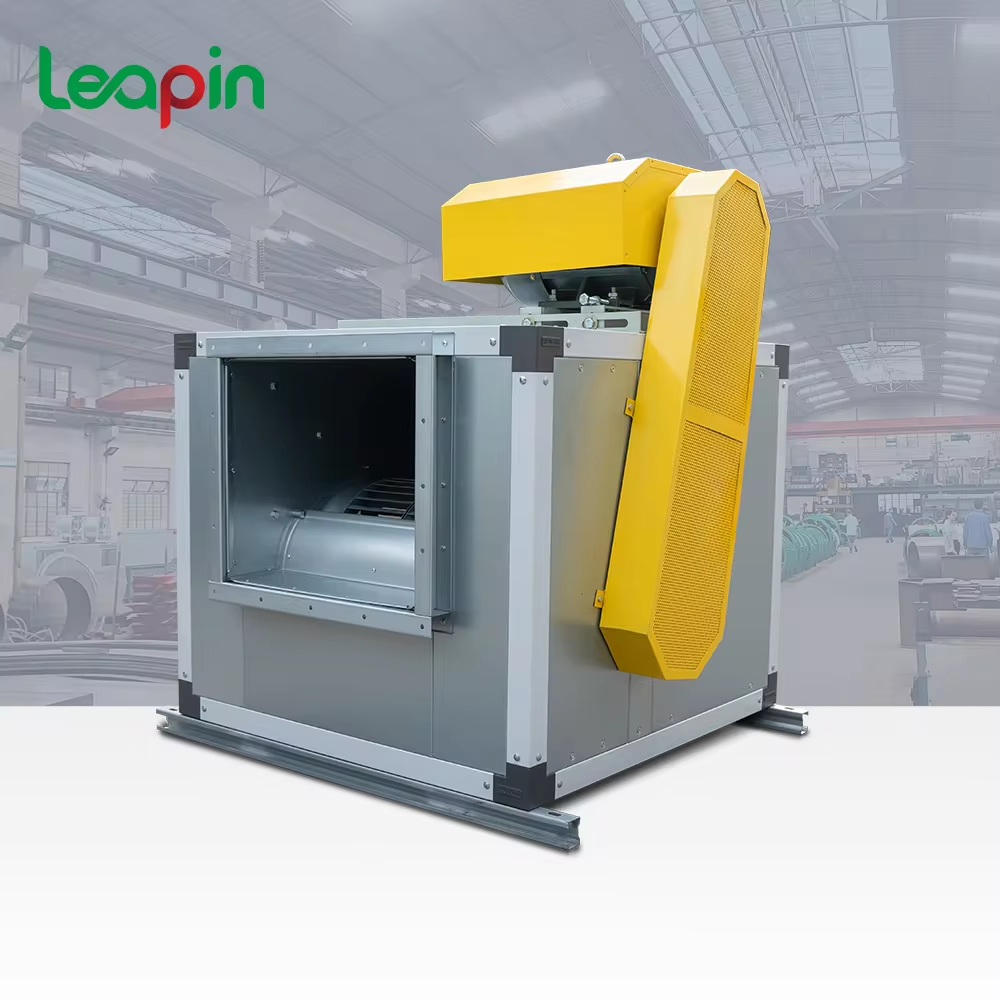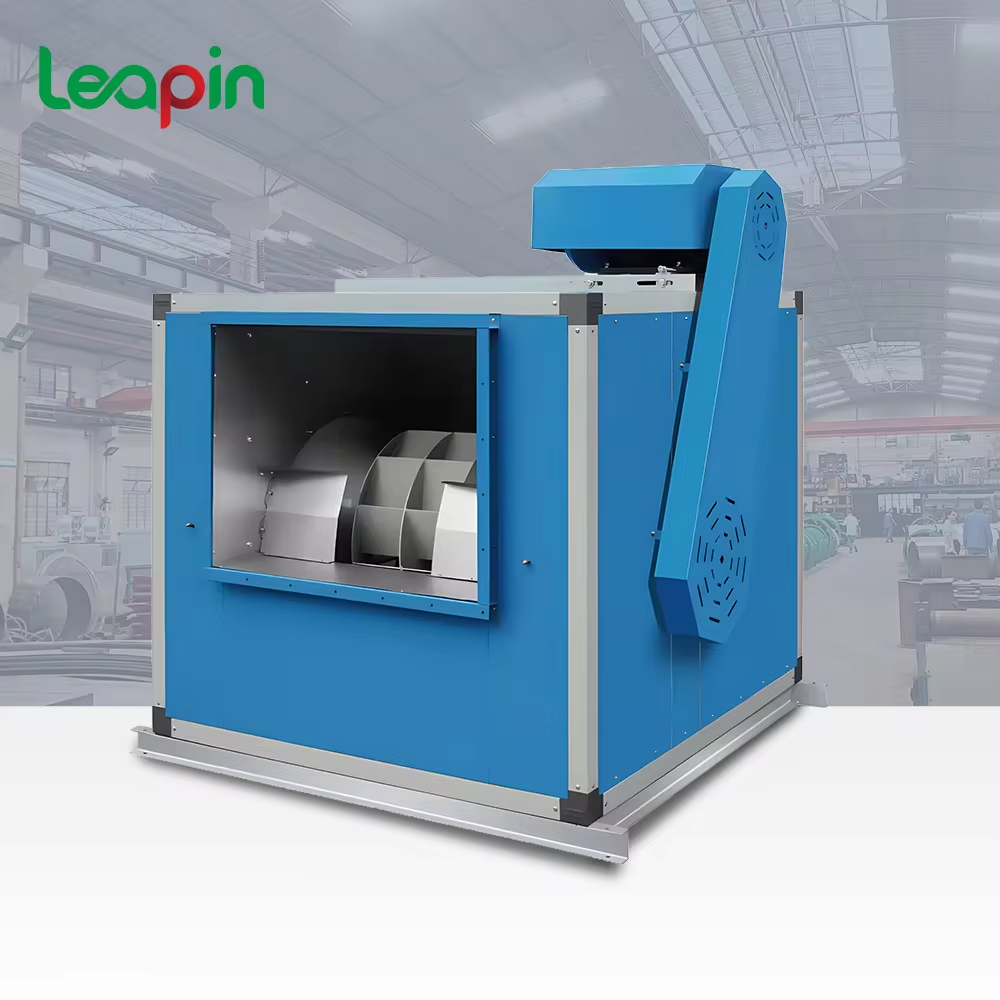The Advantages of Using Cabinet Fans for Airflow Management
Key Benefits of Using Cabinet Fans for Airflow Management
Enhanced Energy Efficiency and Cost Savings
One of the primary advantages of using cabinet fans is their ability to optimize airflow, significantly reducing the energy demands of heating and cooling systems. This optimization leads to substantial energy savings for businesses, which is not only cost-effective but also environmentally friendly. For instance, research indicates that proper airflow management can reduce energy consumption by up to 30%, thereby lowering operational costs and shrinking the carbon footprint of enterprises. Moreover, the implementation of cabinet fans aligns with LEED (Leadership in Energy and Environmental Design) certification standards, contributing to a company's sustainability efforts and potentially unlocking financial incentives associated with eco-friendliness.
Low Noise Operation for Sensitive Environments
Cabinet fans are engineered to minimize noise, making them perfect for environments where maintaining a quiet atmosphere is essential, such as laboratories or medical facilities. The low noise operation of these fans ensures that they do not disrupt activities or create uncomfortable working conditions. Furthermore, studies have shown that noise reduction significantly boosts employee comfort and productivity, as excessive noise serves as a major distraction in workspaces. High-quality cabinet fans are often equipped with noise-damping technology, allowing businesses to maintain a tranquil environment without sacrificing the efficiency of airflow management.
Versatile Applications Across Industries
Cabinet fans are incredibly versatile, finding utility across a broad range of industries, including telecommunications, manufacturing, and data centers. Each sector can leverage the unique features of cabinet fans, whether it’s high-pressure models for industrial fittings or inline fans for duct systems, enhancing operational efficacy. The adaptability of cabinet fans extends to their easy installation into existing infrastructure, ensuring they deliver effective thermal management without major adjustments. This versatility underscores the robust performance of cabinet fans, making them a valuable asset for industries aiming to improve airflow management and thermal control.
Top Cabinet Fan Solutions for Effective Airflow
LT-FC Series Cabinet Fan: High Efficiency & Quiet Performance
The LT-FC Series Cabinet Fan is a standout solution when prioritizing both efficiency and quiet performance. These fans are engineered for low-energy consumption while maintaining robust airflow, making them ideal for energy-conscious facilities. They operate quietly, ensuring that the ambient environment remains undisturbed, which is particularly beneficial in settings where silence is key. This series of fans features advanced aerodynamic designs to enhance airflow and minimize turbulence, making them a top choice for efficient airflow management.
LT-BC Series Cabinet Fan: High-Pressure Industrial Applications
The LT-BC Series Cabinet Fan is designed to meet the rigorous demands of high-pressure air movement, making it perfect for industrial applications such as warehouses and production lines. This series copes with high resistance, ensuring that machinery remains cool under even the most strenuous conditions. Known for its reliability, the LT-BC Series garners the trust of industry professionals who rely on robust performance in critical operational settings.
PFHP Series: Durable Direct-Drive Design
The PFHP Series stands out with its direct-drive design, which minimizes component wear and extends the fan's lifespan, making it an ideal long-term investment. This series is renowned for dependable performance in environments requiring consistent airflow under various conditions. Its sturdy construction ensures minimal downtime and maintenance costs, essential for businesses focused on maintaining high productivity levels without frequent interruptions.
How to Choose the Right Cabinet Fan for Your Needs
Assessing Airflow Requirements and Environmental Factors
Choosing the appropriate cabinet fan begins with understanding your specific airflow needs. It's essential to estimate the volume of air that needs to be circulated in your space, taking into account environmental factors like temperature and humidity. Consulting with an HVAC professional can provide invaluable insights into the optimal fan specifications needed for your unique situation. They use precise calculations to ensure the fan meets the environmental demands for effective performance. Additionally, it's crucial to consider potential obstructions and optimal mounting locations to maximize airflow efficiency. Taking these factors into account can make all the difference in selecting the right cabinet fan, whether you're dealing with an industrial exhaust fan or a more compact axial fan solution.
Maintenance Tips for Long-Term Performance
Maintaining cabinet fans is vital for ensuring their long-term performance and reducing operational costs. Regular maintenance tasks, like cleaning fan blades and properly lubricating moving parts, can significantly extend a fan's lifespan and ensure optimal functionality. Scheduling routine inspections is equally important, as it allows early identification of any potential issues, preventing costly repairs and minimizing downtime. Keeping a maintenance log that records fan performance over time is a practical approach for analyzing trends and deciding when upgrades or replacements might be necessary. Adopting these maintenance strategies not only prolongs the usefulness of your cabinet fans but also supports a consistently efficient airflow system.

 EN
EN
 AR
AR
 FR
FR
 RU
RU
 ES
ES
 TL
TL
 ID
ID
 VI
VI
 TH
TH
 MS
MS
 BN
BN




